
| Carnarvon Gorge |
Day 1 - Carnarvon Visitor Centre to Big Bend Campsite (15km - 210m ascent - 160m descent) |
|
|
|
|
|
 Reflections in Carnarvon Creek |
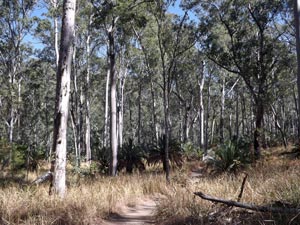 Open eucalypt forest at the mouth of the gorge |
|
|
|
|
|
|
|
|
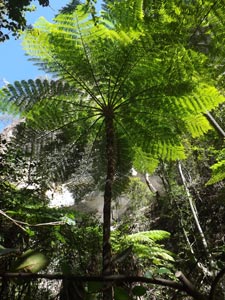 Parasol in luminous green |
 The rock pool in the garden |
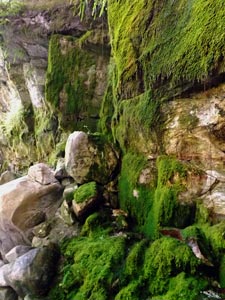 A tapestry of moss on the shale layer |
|
|
|||
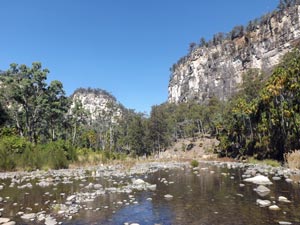 The creek in lower Carnarvon Gorge |
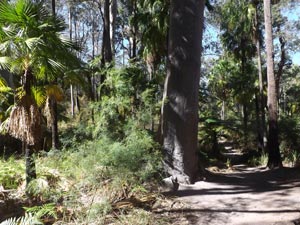 In the forest of the gorge floor |
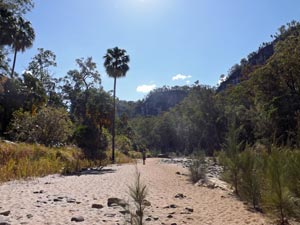 A sandy section of the creek |
|
|||
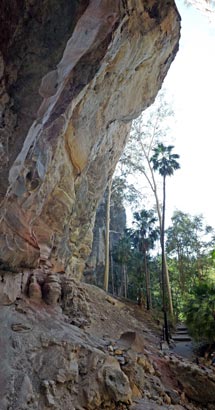 Overhanging rock wall near The Amphitheatre |
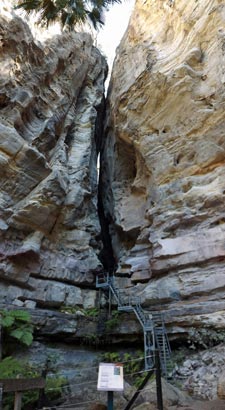 The entry to The Amphitheatre |
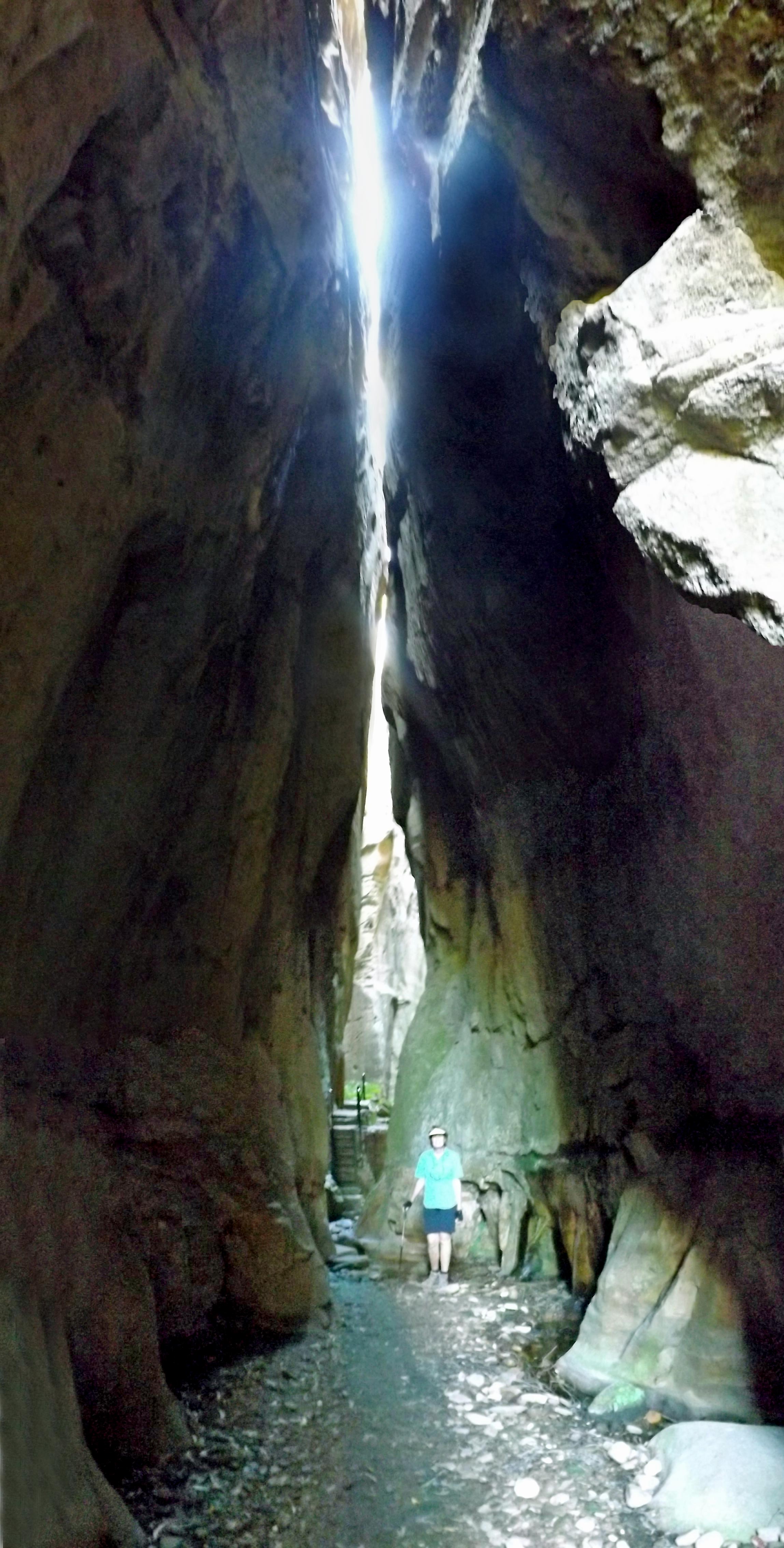 ...that's where the light gets in |
 Interior of The Amphitheatre |
|
||
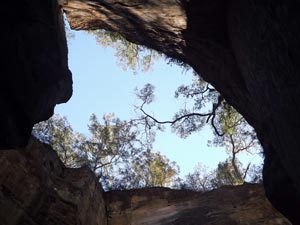 Looking up at the opening of The Amphitheatre |
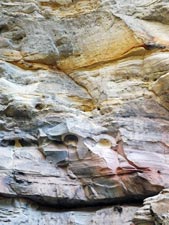 |
 Stony bed of Carnarvon Creek |
|
|
|
||
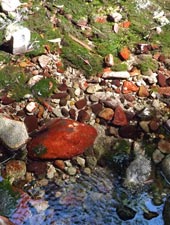 |
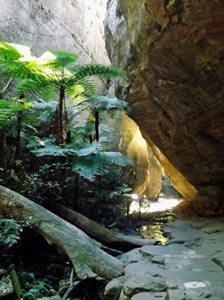 Tree ferns in the heart of the canyon |
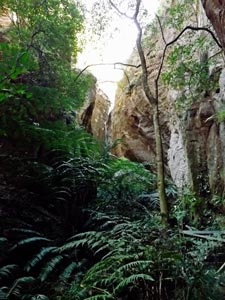 Dark green fronds of the King fern |
|
|
|
|
|
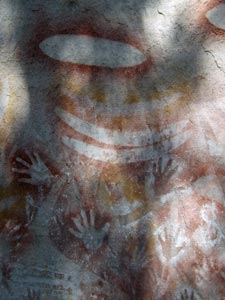 |
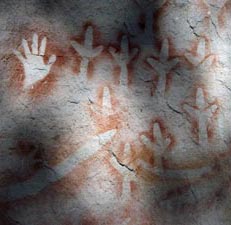 |
||
|
|
|
|
|
|
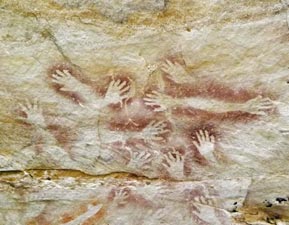 |
 |
|
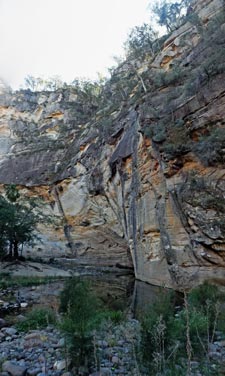 Sandy beach of Big Bend campsite |
|
|
 |
It was a lovely spot, as here the creek has undercut an enormous curving wall of white sandstone - creating a habitat for swallows and waterholes for fish and tortoise. After setting up our tent, we got to know Hugh and Judy, the two other people camping here tonight, before retiring to listen to the babbling of the creek below - a babbling rich in the resonant reverberations from the curved and arching white wall of Big Bend. |
      |
2 Big Bend Campsite to Carnarvon Visitor Centre (13.5km - 40m ascent - 90m descent) |
|
|
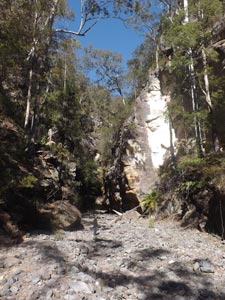 The entry to Boowinda Gorge, a world of ... |
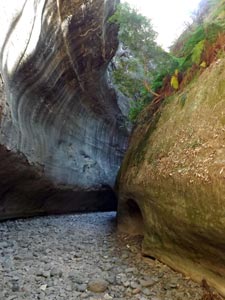 ... water-smoothed walls and flat stony bed |
|
|
|||
 In the narrows of Boowinda |
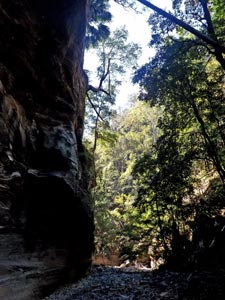 Sheer rock walls and green slopes |
||
|
|||
|
|
|
 |
|
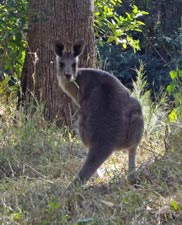 |
      |
3 Takarakka Platypus Watching |
|
|||
|
|
||
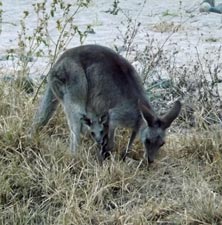 |
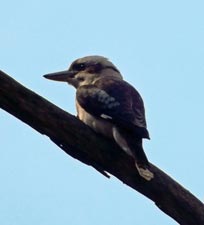 |
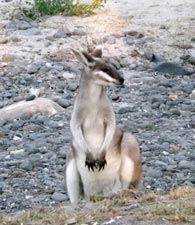 |
|
|
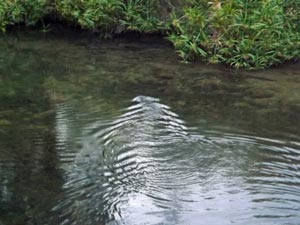 Silvery ripples as the platypus heads to its burrow |
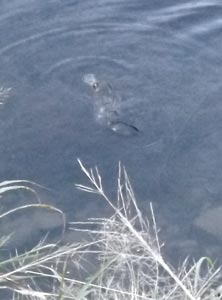 The platypus gets closer ..... |
|
|
|
||
|
      |